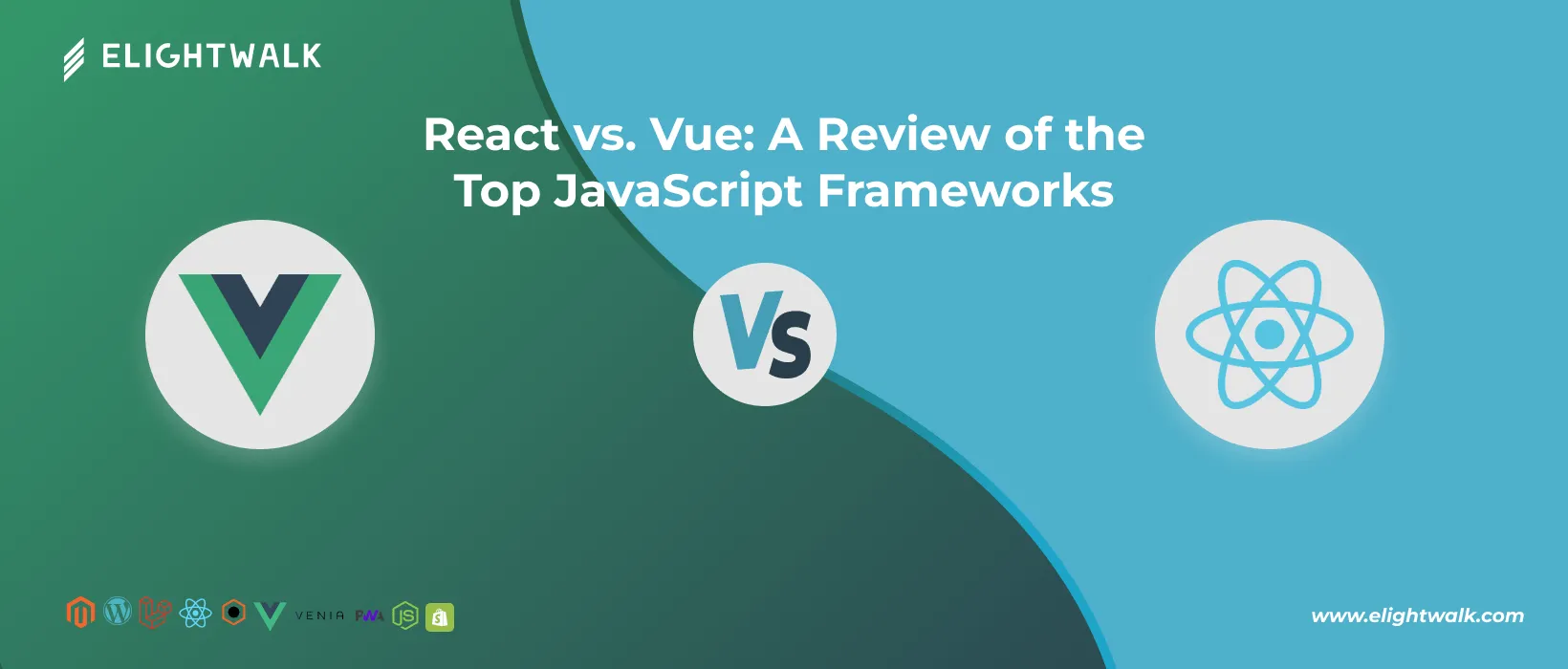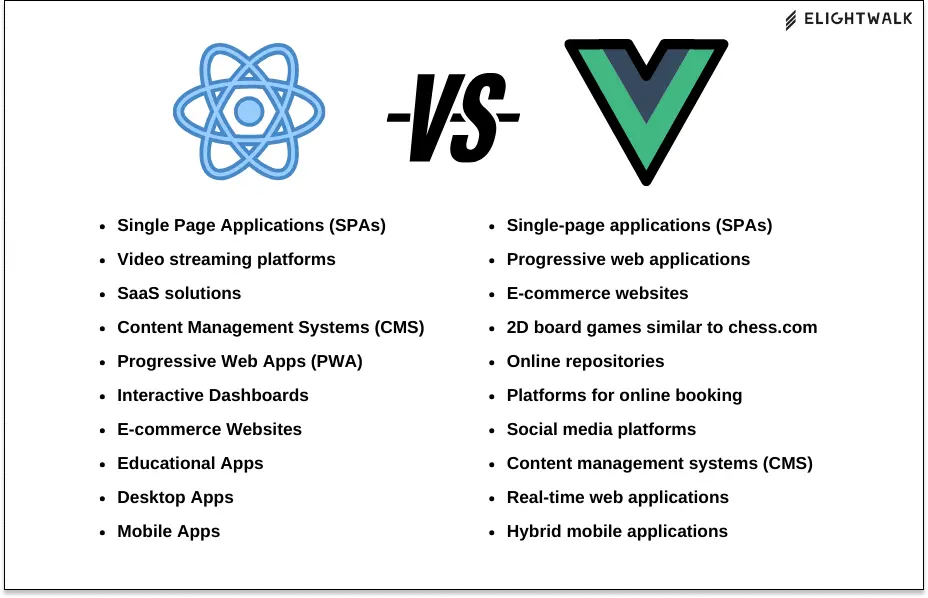Quick overview: As development professionals, navigating the numerous technologies is a constant effort that is required to advance in our careers. React and Vue are well-known runners-up in the JavaScript web application development space. But when choosing which to include in your project, it becomes important to understand their differences as our project needs.
The evolution of software applications has transcended mere digital utilities, now entailing intricate layers of code, driving businesses towards innovative strategies for product success. As an enterprise proprietor, your responsibility extends beyond assembling a proficient development team; it encompasses the judicious selection of the appropriate tech stack for your project's trajectory.
In this discourse, we'll explore the nuanced differences between React and Vue, shedding light on their respective benefits and demerits. We aim to provide invaluable insights for making an informed choice tailored to your project's requirements.




